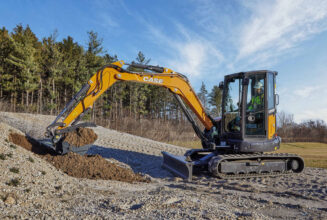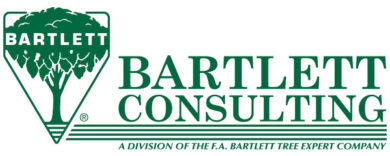Irrigation Insider: Sky Watching
By Luke Frank
For most of my life I’ve been a “weatherhead.” I’ve been staring reverently at the sky since I started mowing my parents’ lawn at the self-involved age of eight. I couldn’t wait to push that growling Craftsman Eager through the thick stuff, soaking up the sounds and smells associated with fresh-cut grass, and we had a perfect canvas — a 3,000-square-foot rectangle of flat, verdant, organic carpet. Every Saturday morning, I looked into the stratosphere and wondered if I was going to get rained out or baked in the afternoon sun.
By the end of my first season, I was alternating mowing patterns between bulls-eyes, checkerboards, herringbones, chevrons, diagonals, and any other funky configuration I could dream up. By the end of the next summer, I was mowing lawns for most of the neighbors at $3 a pop. These folks were intrigued by the designs I’d left behind. “Can you do a teardrop?” Mrs. Wernig would ask. Mr. Estredge wanted a giant “C” for the Chicago Bears, and Mr. Kotrba — who must have bunked with Timothy Leary for a spell — drew out some amoeba-shaped blob on paper that couldn’t be replicated in the landscape.
I was feeling pretty good at nine years old, as a neighborhood celebrity making $30 a weekend doing my little artsy thing. My only overhead was the gas (about 35 cents a gallon), the $5 weekly mower rental I had to pay my dad, and sprinkler replacements.
That’s when weather became a “business concern” in my first simple, professional venture. Every time I was rained out over the weekend, the ensuing week became a mess. Catching up was tough, the client rotation became unmanageable, and I forfeited all of my dirt-clod-throwing, bike-riding, fort-building time with my buddies. I started looking to the sky for information: high clouds, then wind, then low clouds and finally an approaching squall line.
My high school years found me working golf course irrigation in the Southwest, mostly at the back end of a shovel fixing breaks, moving heads or replacing swing joints. It was hard work, and inclement weather quickly became my friend. I started looking for rainouts (I was a teenager, after all), recognizing the local summer monsoon patterns. If I saw little buds of popcorn clouds developing over the local mountains before noon, I could almost count on a refreshing monsoon shower, a welcomed cool down and an early clock out.
I also began to notice how preoccupied my cohorts were with weather and its affect on turf health. Heretofore I was just “dressing the pig;” these guys were actual “nutritionists”. The superintendent lived and died by heat, cold, wind and precip, but there wasn’t an onsite weather station to provide specific data. The guy was seemingly neurotic, sticking his finger in his mouth and holding it out to the wind, looking at the turf below and clouds above, and adjusting irrigation and fertilizer schedules first thing in the morning and before leaving each evening.
Then The Weather Channel came along and widespread access to real-time storm tracking, and short- and long-term weather forecasting became invaluable tools in turfgrass management.
Times have changed. Now, with the use of weather networks built during the last few decades — such as the California Irrigation Management Information System, Georgia’s Automated Environmental Monitoring Network and a host of other state programs — local and regional real-time weather data is continually collected and made accessible via the Internet. SMART controllers interface with such networks, and/or their own weather stations/historical ET, to automatically calculate irrigation schedules.
In recent years, some site managers have allowed this technology to override site-specific irrigation decisions based on actual conditions, and therefore were missing opportunities to further refine turf and landscape watering regimens. But I’m starting to see a swing back towards the center. The old, rusty soil probe is making a comeback to monitor soil composition, compaction and moisture content. Landscape and grounds managers are again looking to the sky for signs of imminent weather changes and adjusting for wind and rain. Individual irrigation-zone runtimes are increasingly being adjusted according to their exposures, slopes, soils and plant material.
Actively watching and living the incredible changes in the landscape and irrigation industries during the past couple of decades has been fascinating. The technology, education and training advances seem to be creating an ethic of professional legitimacy, environmental responsibility and — last, but certainly not least spectacular, vibrant and healthy landscapes. Or, perhaps the profession has driven the training and technology. Whichever the case, it’s a good thing, because folks are watching.
Keep using your resources, searching the sky and making those adjustments — weather remains both our best friend and most-dreaded enemy.
Luke Frank has been an editor and publisher in the green industry for the past 17 years, addressing water resource development, management and conservation through the irrigation profession. His field experience includes 17 years as an irrigation foreman, contractor and manager in the landscape, turf, golf and nursery industries. He currently resides in Albuquerque, N.M. He can be reached via e-mail at lukefrank@comcast.net



